Overview
407 S. G Street, Tacoma WA
Located directly across from Wright Park in an historic building built in 1931 as an American Legion Post. Using just two rooms, this free and unique museum is part of a collective of museums sharing original manuscripts and other items on paper. The Karpeles collection was started in 1983 to help make important documents and history more accessible to people and to encourage a love of learning. Rotating exhibits include original letters from Charles Darwin discussing the theory of evolution; original drafts of Puccini’s opera score to “Madame Butterfly”; an original draft copy with handwritten changes made to the “Treaty of Versailles” ending the First World War; landing certification signed by Amelia Earhart, letters by Pres. John Adams and Galileo, and John Hancock’s cover letter to the Declaration of Independence. The museum as a whole has a fascinating variety of items in their collection. Check their website to find out what is currently on exhibit at their Tacoma location – or let it be a surprise discovery by just going!
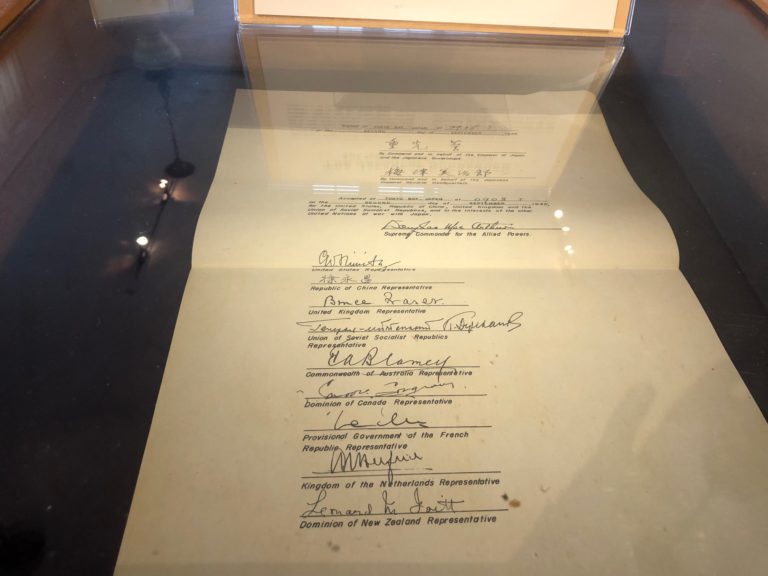
Listing Information
Free admission
Visited 2507 times, 1 Visits today
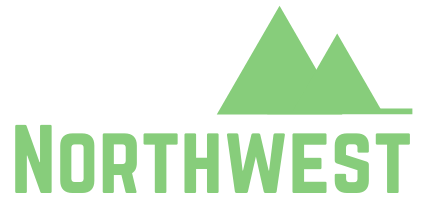

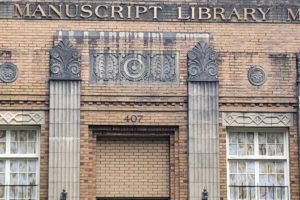
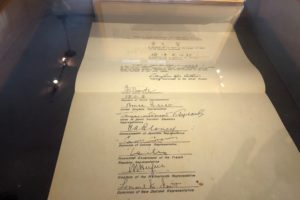


 Previous Listing
Previous Listing
 Next Listing
Next Listing


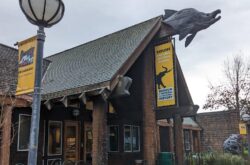







Comments are closed, but trackbacks and pingbacks are open.